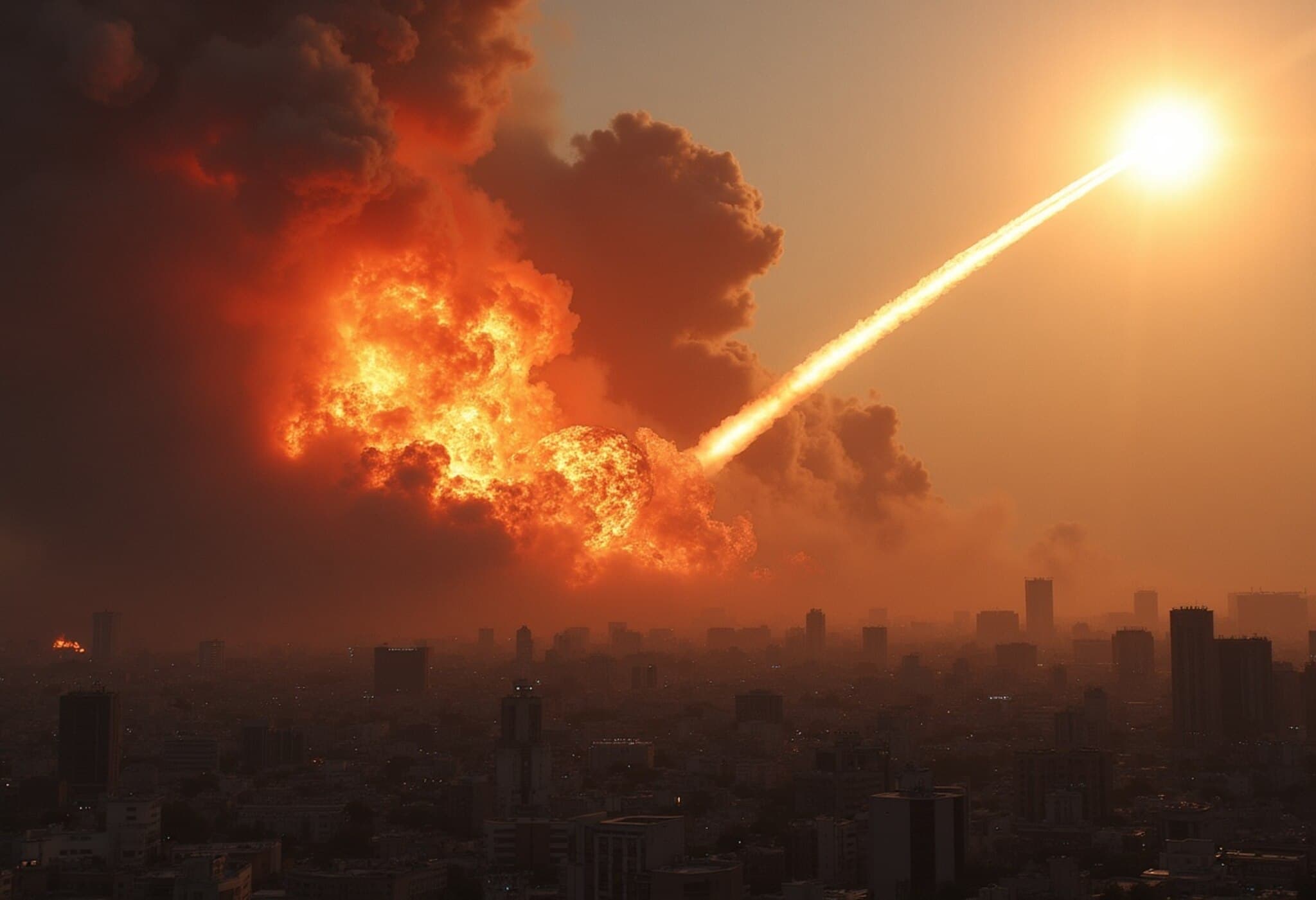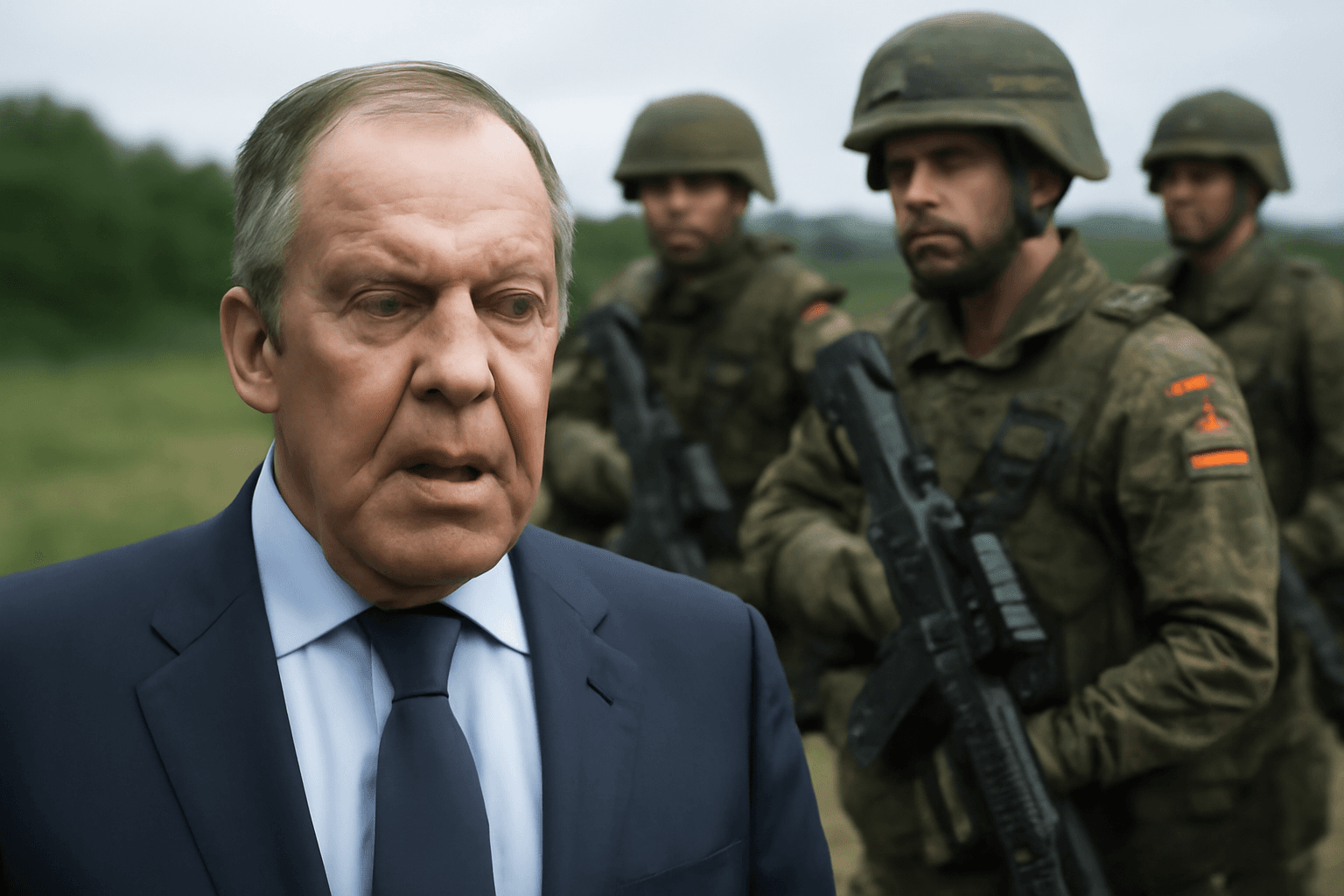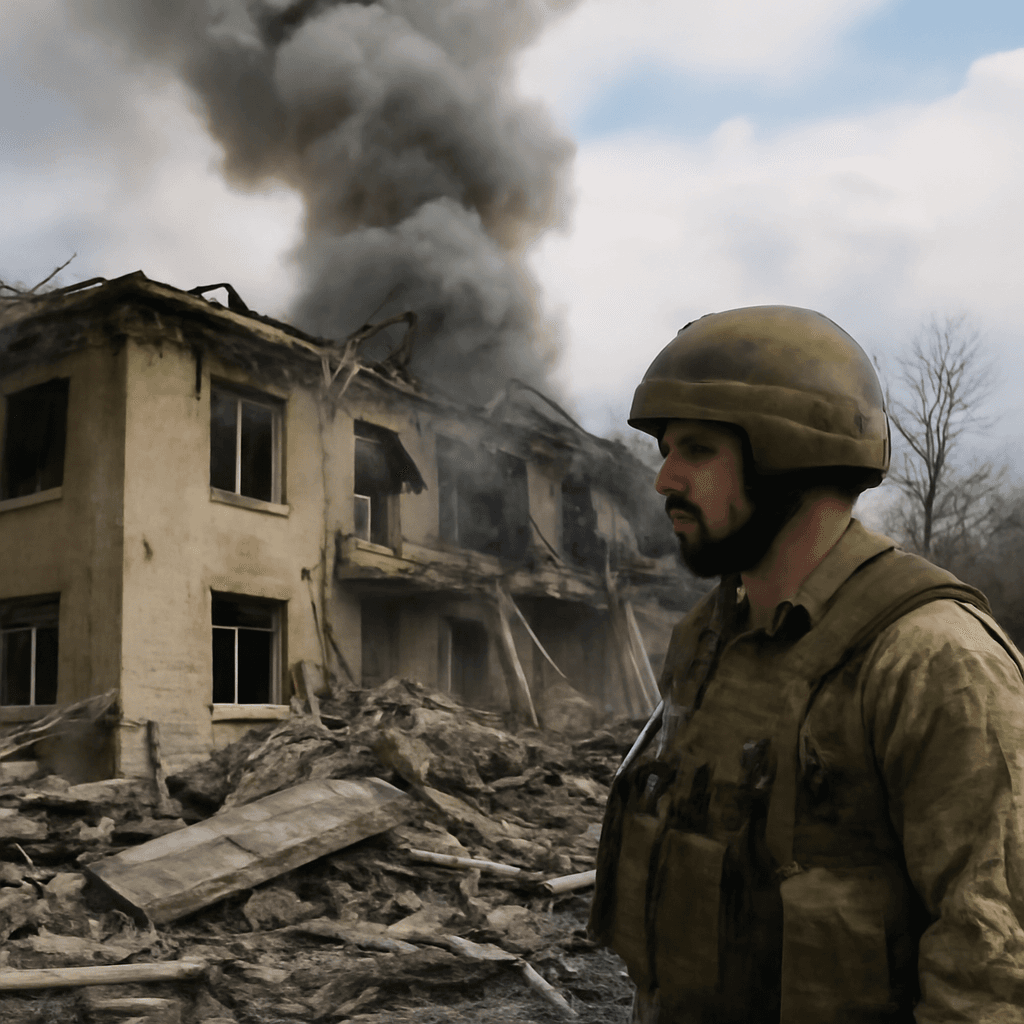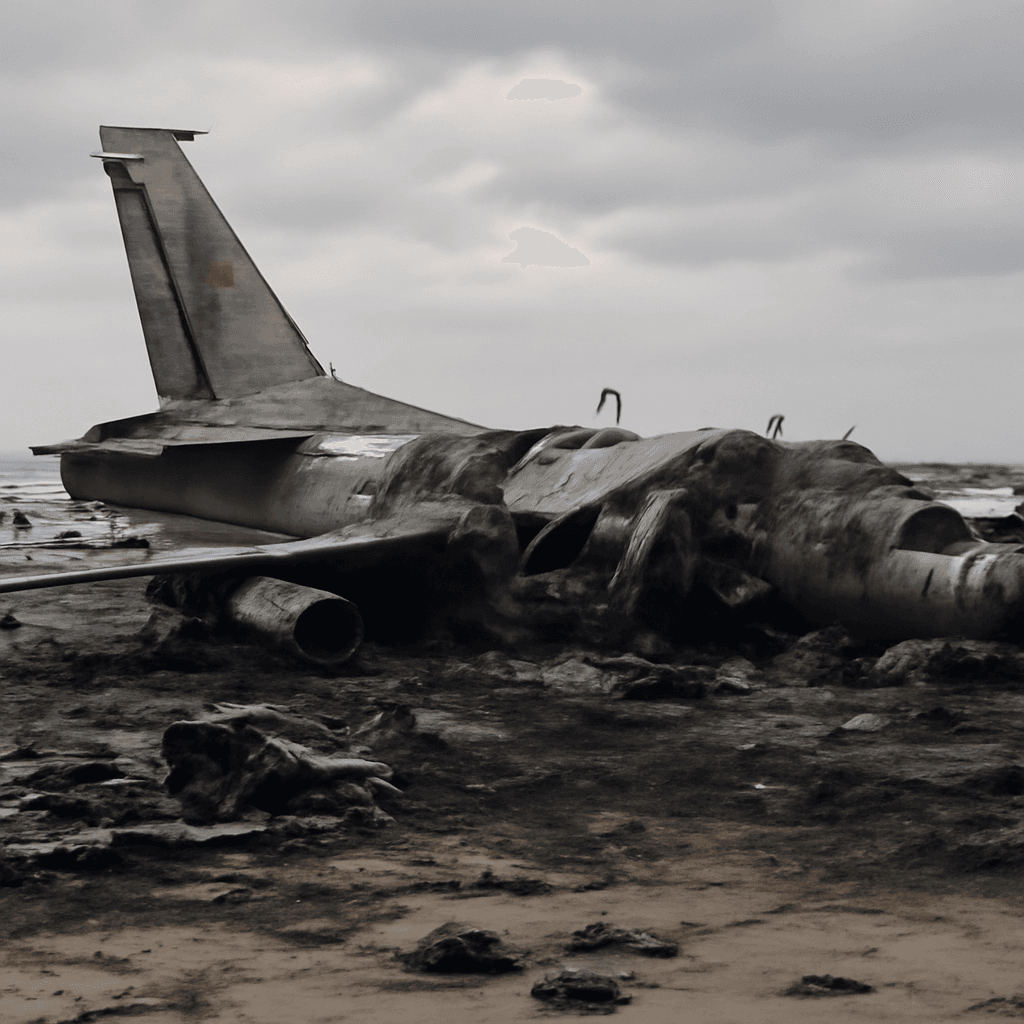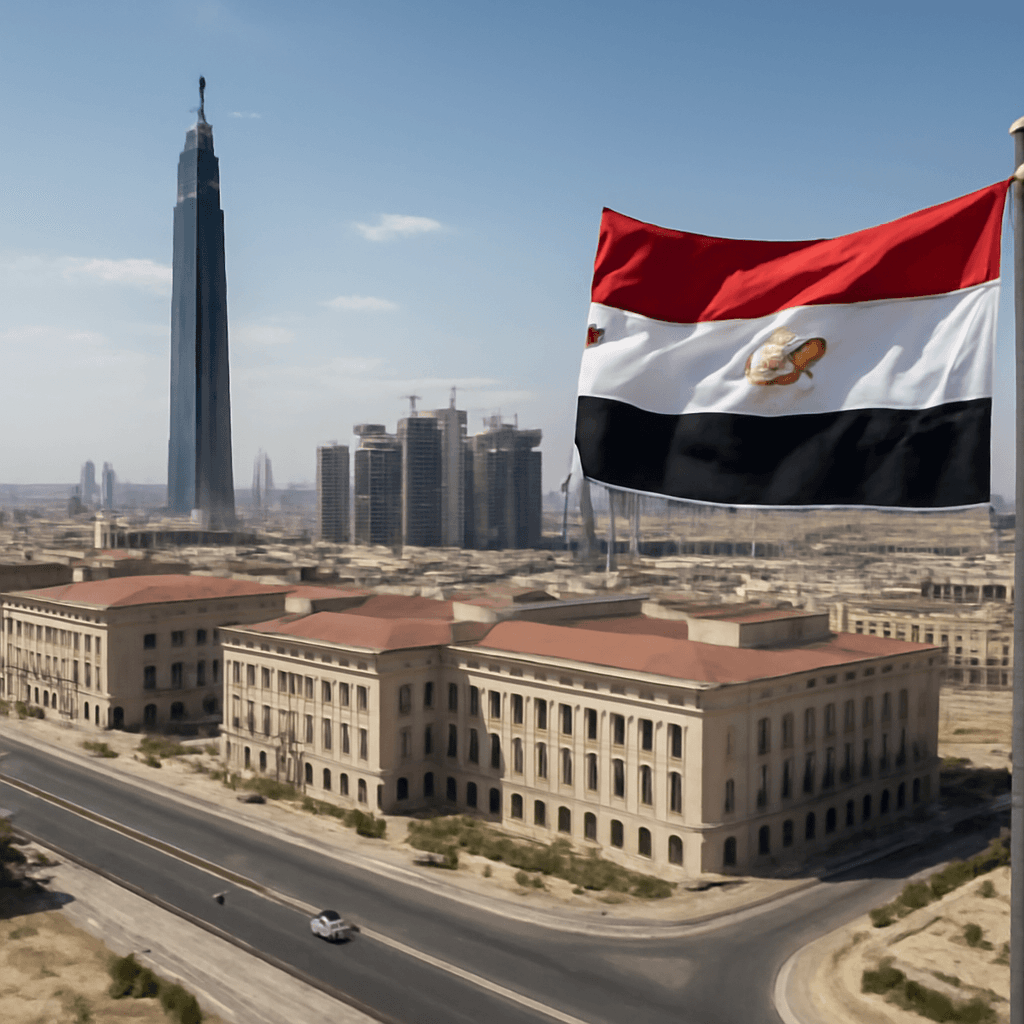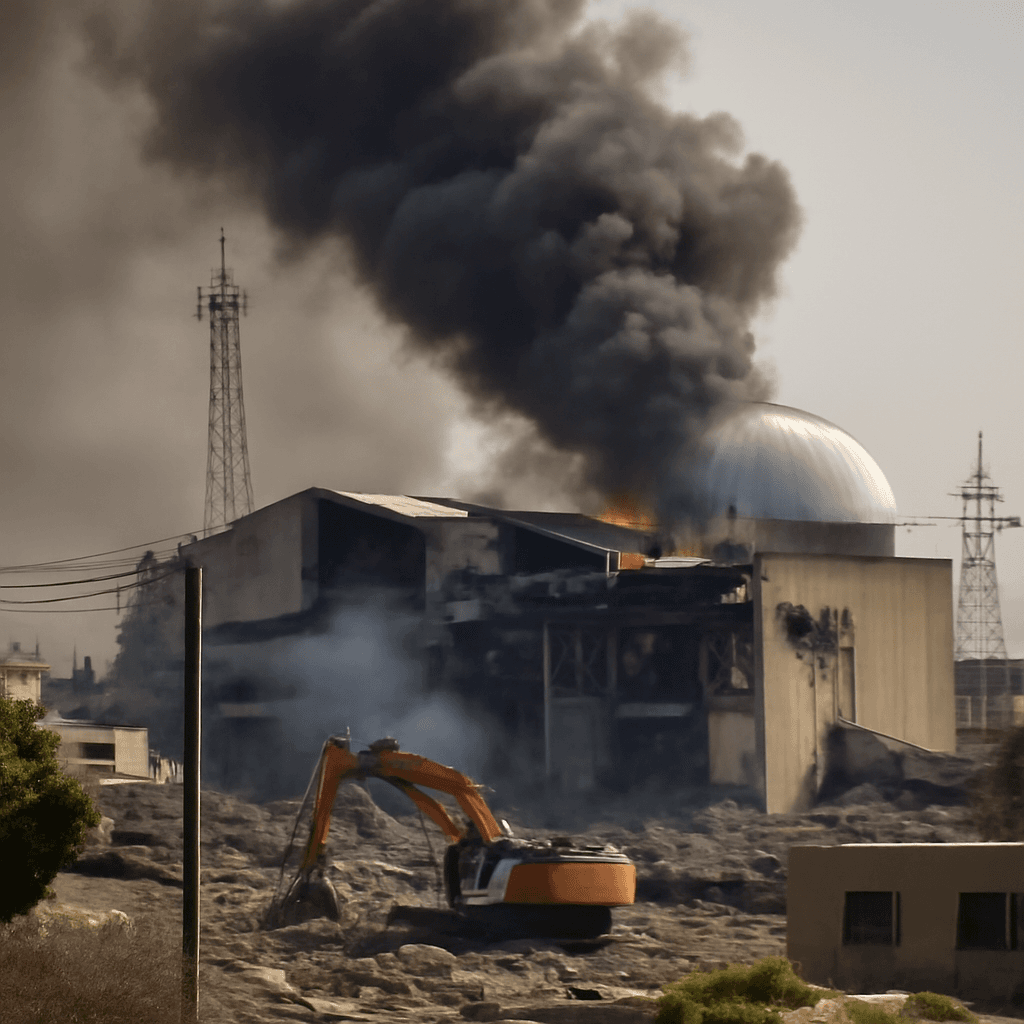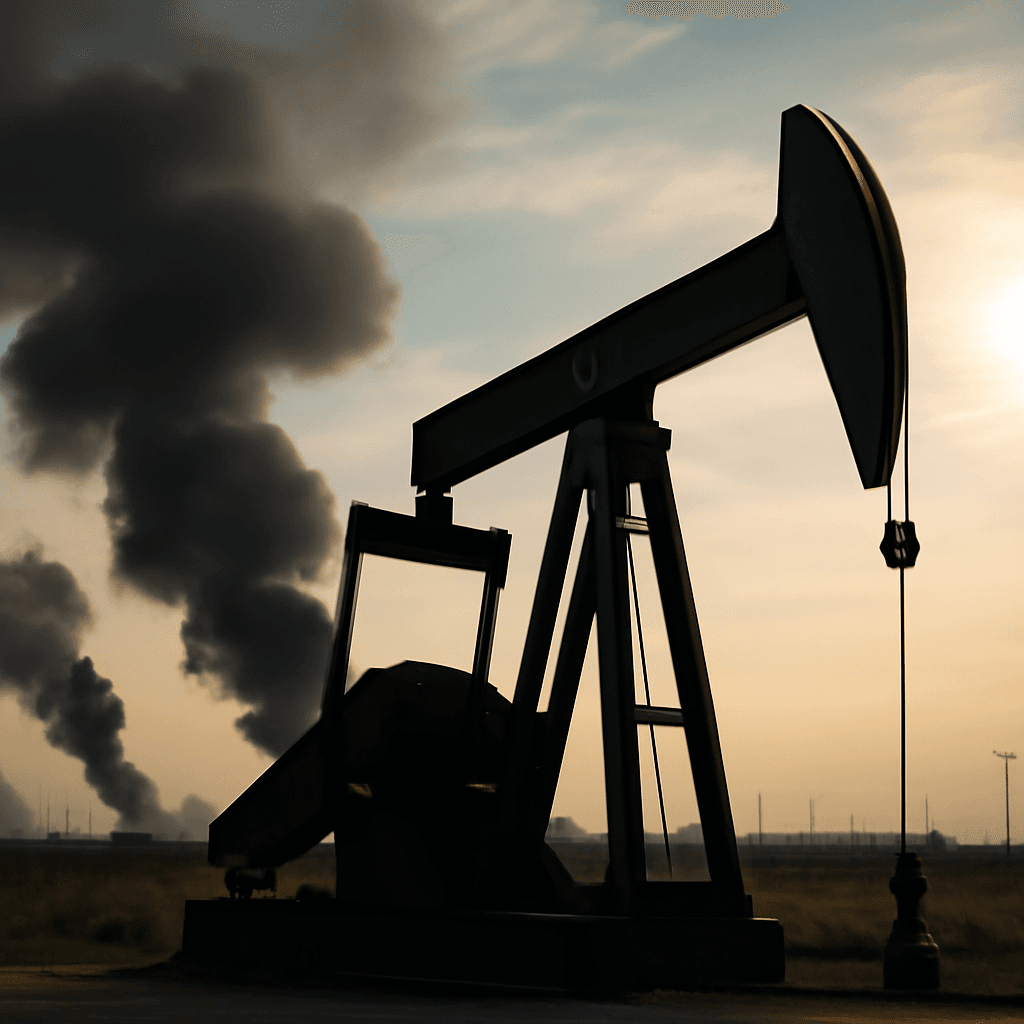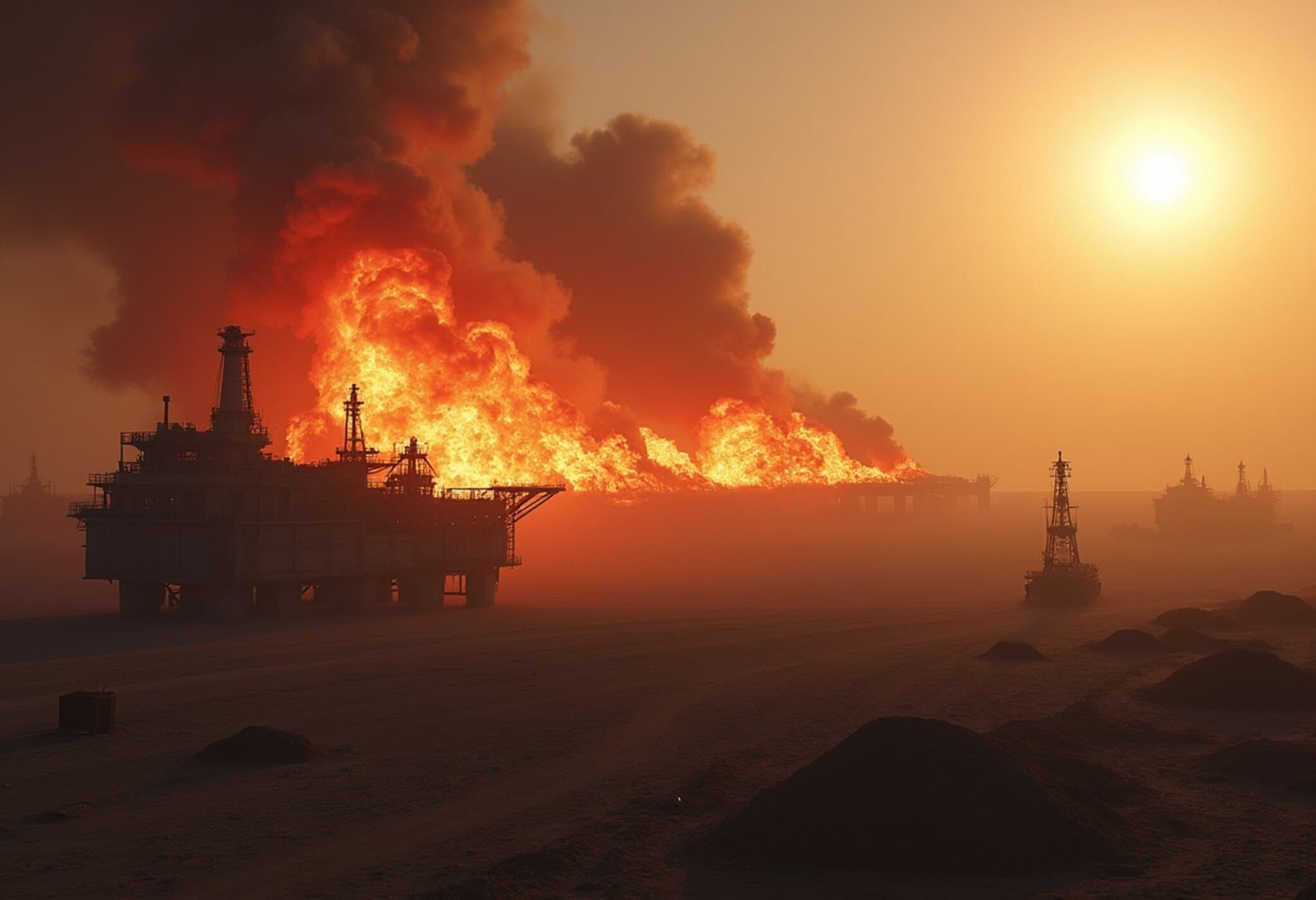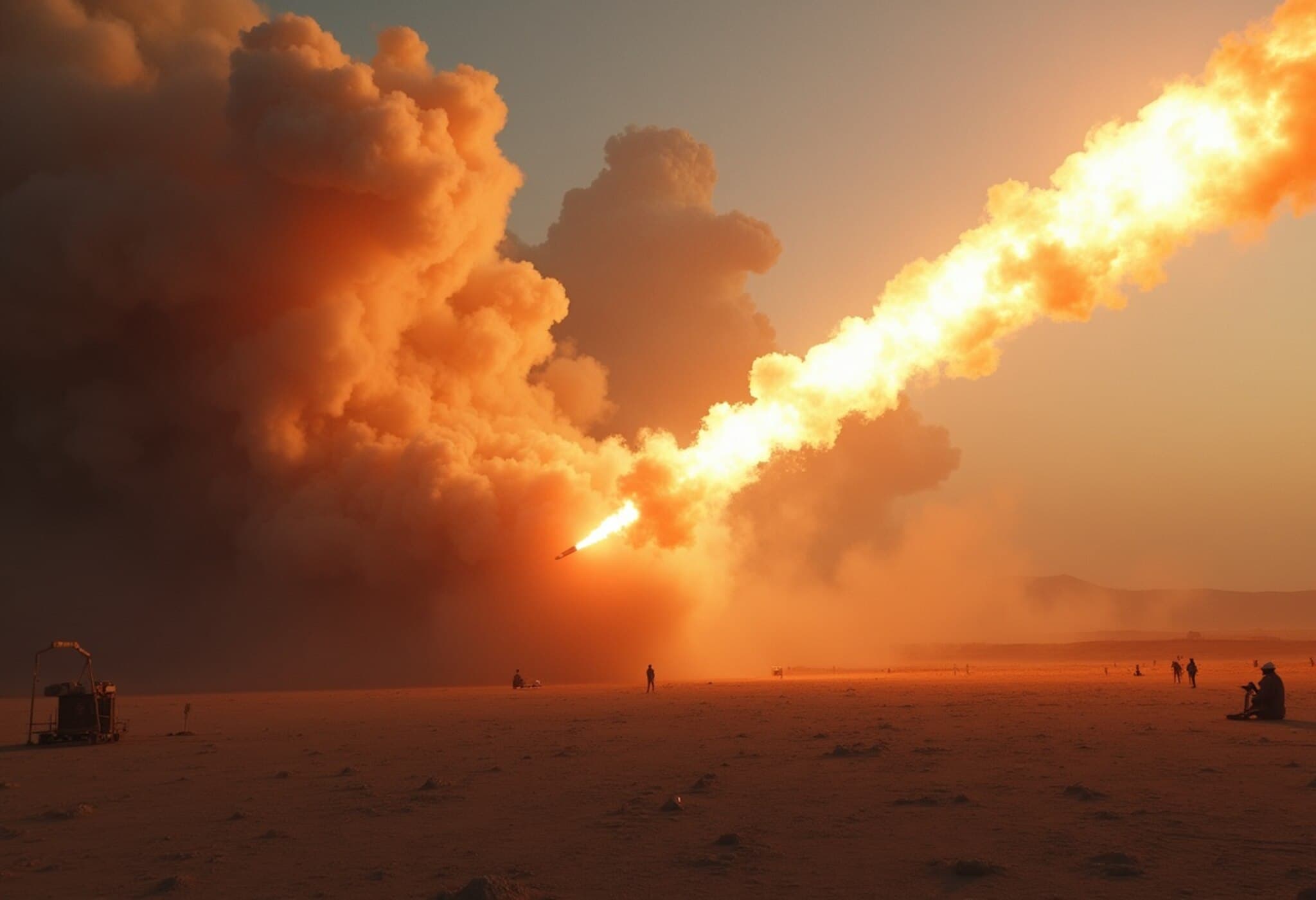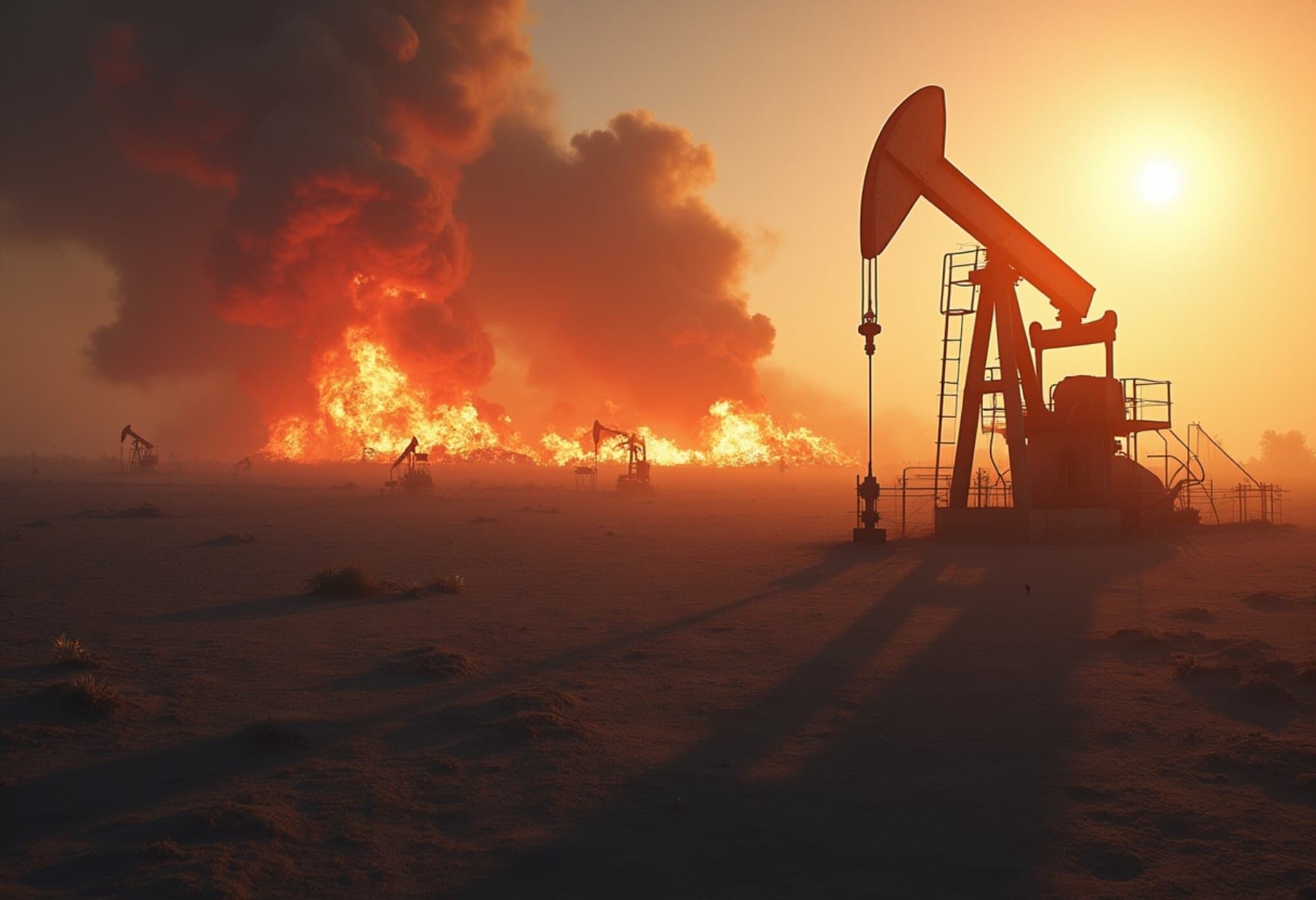US Strikes on Iran's Nuclear Facilities Trigger Global Uncertainty
Recent airstrikes targeting Iran's nuclear sites have sent ripples through international markets and diplomatic circles. The United States, employing an unprecedented show of military force including 125 aircraft, submarine-launched Tomahawk missiles, and 14 Massive Ordnance Penetrator bombs, struck key Iranian sites at Fordow, Natanz, and Isfahan. The operation marked the combat debut of the bunker-busting bombs, underscoring the severity of the action.
Limited Strike with Far-Reaching Warnings
President Donald Trump characterized the attacks as having a "limited" objective focused on crippling Iran's atomic program. Yet, he underscored a stern warning: any Iranian retaliation against US targets would be met with "far greater" force, hinting at a possible shift in regime dynamics. This escalatory rhetoric feeds the tension simmering in the region and beyond.
Iran’s Response and Regional Implications
Despite ongoing Israeli strikes on Iranian military facilities, Tehran has vowed to retaliate, labeling the US action as "unprovoked". However, Iranian leaders have remained deliberately vague about their strategy for striking back. Iranian military commanders have highlighted their capability to target US assets in the region, but no explicit threats against American troops have been issued so far.
During an emergency meeting at the United Nations Security Council, Iranian Ambassador Amir Saeid Iravani emphasized that Tehran’s response would be carefully calibrated based on "the timing, nature and scale" determined by their armed forces. Meanwhile, Iran's Islamic Revolutionary Guard Corps reaffirmed intentions to continue attacks on Israel and pointed to US bases as potential vulnerabilities.
Geopolitical and Market Repercussions
The unfolding conflict has left global markets on edge. Asian stock markets initially dropped nearly 6% following the news before moderating, while Brent crude oil prices hovered around $77.65 per barrel. US stock futures also dipped, reflecting investor concerns over disrupted energy supplies and inflationary pressures.
Economists warn that the escalation could drive oil prices higher, intensifying inflation risks worldwide. The Strait of Hormuz — a critical artery for global oil and gas transport — is under close watch amid calls by Iran’s parliament to potentially close it, a move requiring high-level approval from Iran’s Supreme Leader and security council.
Uncertainty Surrounds Damage and Nuclear Stockpile
While US officials and President Trump claimed the nuclear sites were "totally obliterated," military leaders concede it is premature to fully assess the damage, especially at heavily fortified Fordow, located deep underground. Assessments of Iran’s enriched uranium reserves, believed to exceed 400 kilograms enriched to 60%, remain inconclusive. The International Atomic Energy Agency has reported an inability to independently verify the condition of the nuclear facilities or locate existing uranium stocks.
Regional Allies and Iran’s Strategic Calculus
Iran faces a complex strategic landscape. Although Russia and China have voiced political support, both countries have so far avoided direct military commitments. Russia clarified its security agreement with Tehran does not entail mutual defense obligations, while China, heavily reliant on Gulf energy imports, is unlikely to risk disruptions to oil flow or rising prices.
Compounding Iran’s isolation, regional militias historically linked to Tehran have remained notably inactive in the conflict so far, underscoring Tehran’s cautious approach as it debates its next steps.
Conclusion
The recent US strikes against Iran’s nuclear infrastructure have propelled the region into a precarious phase, with markets jittery and diplomacy strained. As Tehran weighs retaliation options, the world watches closely, mindful of the potential for wider conflict and sustained market volatility.

